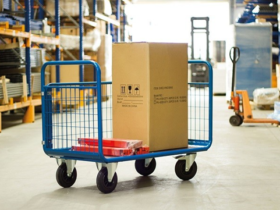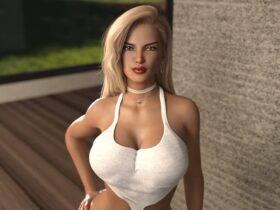Pond safety nets come under two categories: pond covering nets to secure individuals from falling in, and fallen leave nets to prevent fruits, leaves, or branches from dropping in at various times of the year. Although all-natural forces are at their job right here, the decay of organic product results in a release of nutrients, leading to the growth of algae, which disrupts the equilibrium in a body of water, as well as can, as a result, endanger the animals residing in the pond habitat that you have created.
- Growing Vegetation
Balanced planting is absolutely vital for keeping a healthy and balanced garden pond, as every single plant creates oxygen, thus helping the pond vegetation to keep a balance. For example, water plants filter phosphates as well as nitrates from the ground.
Some water plants offer sensible advantages for pond-dwellers, while others thrill the pond-builder with their attractive features. Pond plants fall under three groups: waterside plants from marshy as well as damp areas, drifting fallen leave plants, and submerged fish pond plants. Marsh plants like meadow bistort or marsh valerian are planted right beside the fish pond, as well as preservers of the biological equilibrium, have continuous contact with the water. Widely known members of the snazzy drifting fallen leave plant family include the water lily and brandy bottle. Immersed pond plants such as hornwort or elodea give all-natural hideouts for fish.
- Sludge Suction Cleaner
If what you have is a fish pond as opposed to an all-natural biotope, a pond sludge suction cleaner is necessary for protecting the health of the fish pond. It protects against sludge from building up as well as the degeneration of water quality which would deprive the fish of their life-sustaining natural environment.
- Filter Pump
The pond pump makes up the heart of every garden pond: it assures oxygenation by filtering out natural impurities from the pond-dwellers, as well as plants/leaves. Different pump capacities and contaminant filters are required for different sizes of the fish pond.








